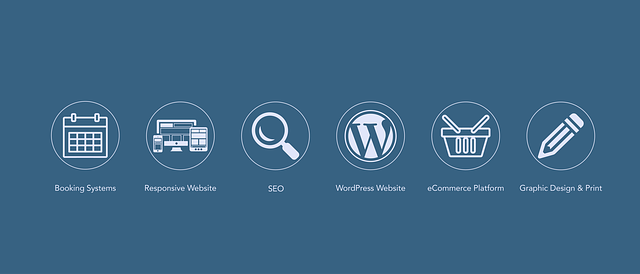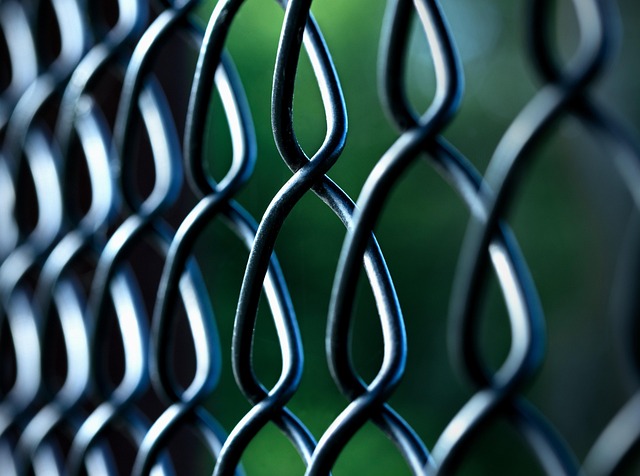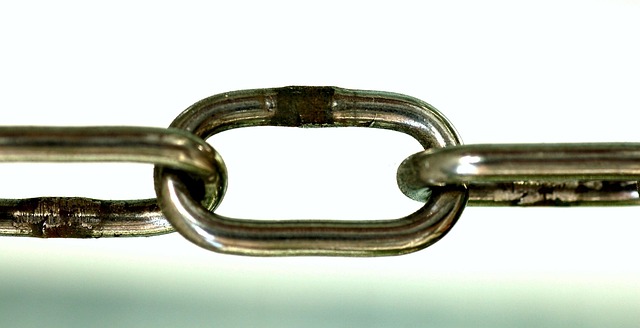Link equity distribution is a powerful SEO strategy for WordPress users, ensuring high-quality pages pass on value and boosting connected pages' rankings. Optimizing this involves analyzing anchor text, context, and page authority. Fixing broken internal links improves site structure and user experience. Tools like Ahrefs, SEMrush, and Moz aid in assessing and improving link equity distribution, promoting knowledge sharing and better crawlability. Case studies demonstrate successful strategies, while regular reviews using WordPress tools maintain healthy internal linking for enhanced SEO performance and higher rankings.
Struggling with internal linking issues on your WordPress site? This comprehensive guide is your solution. We delve into the intricacies of link equity distribution in WordPress, equipping you with the knowledge to identify and rectify weak or broken links within your site structure. From understanding fundamental concepts to implementing successful strategies and utilizing powerful tools, we provide a step-by-step approach for achieving optimal link equity distribution.
- Understanding Link Equity Distribution in WordPress Sites
- Identifying Weak or Broken Internal Links
- Strategies to Improve Internal Link Structure
- Tools for Efficient Link Equity Analysis and Fixation
- Case Studies: Successful Link Equity Distribution Implementation
- Best Practices for Maintaining Healthy Internal Linking Post-Fixation
Understanding Link Equity Distribution in WordPress Sites

Link equity distribution is a crucial concept for WordPress users aiming to optimize their site’s internal linking structure. At its core, link equity refers to the value passed from one page to another through incoming and outgoing links. In WordPress sites, this equity is distributed based on several factors, primarily the quality and quantity of links pointing to and from each page. Understanding how this distribution works is essential for anyone looking to fix broken or weak internal linking issues.
A link equity distribution tutorial reveals that higher-quality pages pass more value through links, influencing the search engine rankings of connected pages. This process involves analyzing anchor text, link context, and page authority. By implementing effective link equity distribution tips, WordPress users can ensure their site’s structure promotes knowledge sharing and seamless navigation while enhancing overall SEO performance. Through optimization techniques, you can direct more ‘link juice’ to critical pages, improving their visibility and increasing the likelihood of ranking higher in search results.
Identifying Weak or Broken Internal Links

Identifying weak or broken internal links is a crucial step in optimizing your site’s structure and improving its overall search engine visibility. In WordPress, which powers a significant portion of the web, proper link equity distribution for your pages is essential. Link equity refers to the value passed from one page to another through inbound links, and it plays a pivotal role in SEO. A broken internal link not only disrupts user experience but also risks diluting this valuable link equity.
Using tools specifically designed for WordPress can help you efficiently scan your site for weak or broken links. These tools often provide detailed reports on link equity distribution SEO, highlighting problematic areas and offering insights into where optimization is needed. By implementing a strategic link equity distribution strategy, you can ensure that your internal links are not only functional but also contribute effectively to improving your website’s performance in search engine rankings.
Strategies to Improve Internal Link Structure

Improving internal linking is a strategic approach to enhancing user experience and search engine optimization (SEO) for any website. One of the key strategies in fixing broken or weak links is understanding and optimizing link equity distribution. In WordPress, this refers to ensuring that your site’s most important pages receive adequate link juice from internal links, thereby strengthening their authority within the overall site structure.
A link equity distribution tutorial can guide users on creating a more efficient internal linking architecture. Tips include analyzing existing links, identifying high-value pages, and strategically placing internal links to these pages from relevant content throughout your WordPress site. By implementing these strategies, you can create a robust network of internal links that contribute to better page rank distribution, improved crawlability, and ultimately, higher search engine rankings.
Tools for Efficient Link Equity Analysis and Fixation

In the realm of SEO optimization, particularly for WordPress sites, efficient link equity analysis and fixation are paramount to achieving robust online visibility. Tools like Ahrefs, SEMrush, and Moz offer powerful capabilities to dissect and understand the intricate web of internal links within a site’s structure. These platforms provide detailed insights into the link equity distribution for WordPress sites, enabling users to pinpoint weak areas and broken links that hinder overall performance.
By leveraging a strategic link equity distribution tutorial or strategy, website owners can ensure every page holds its weight in terms of SEO value. This involves identifying high-value pages with strong linking profiles and propagating their authority across the entire site via carefully crafted internal links. Following a set of link equity distribution tips, such as using anchor text wisely, maintaining a natural flow of links, and prioritizing critical pages, can significantly enhance the overall health of your site’s internal linking structure.
Case Studies: Successful Link Equity Distribution Implementation

In the realm of WordPress site optimization, case studies demonstrating successful link equity distribution implementation offer valuable insights for users tackling internal linking headaches. These real-world examples paint a vivid picture of how strategic link equity distribution can transform a website’s SEO performance. For instance, consider a study where a medium-sized e-commerce site struggled with low page authority and slow loading times due to a disorganized internal linking structure. Through meticulous link equity distribution tips, such as restructuring the sitemap, de-duplicating content, and implementing a robust internal linking strategy, the site experienced a significant boost in both user engagement and search engine rankings.
This success story highlights the importance of link equity distribution optimization in ensuring that every page on a website contributes positively to its overall SEO health. By following best practices, users can achieve seamless link equity distribution tutorial flows, allowing link juice to circulate effectively throughout their site. Such optimizations not only enhance page ranks but also foster a user-friendly experience by making navigation more intuitive and content more accessible, ultimately driving better conversion rates and improved search engine visibility.
Best Practices for Maintaining Healthy Internal Linking Post-Fixation

Maintaining healthy internal linking is crucial after fixing broken or weak links. One of the best practices is to ensure link equity distribution tips for WordPress sites. This means distributing link equity evenly across relevant pages, allowing search engines to understand which pages are most important within your site structure. Proper link equity distribution SEO helps enhance the overall authority of your website and ensures that valuable link juice isn’t concentrated in a handful of pages.
After fixation, periodically review your internal links using tools available for WordPress sites. This allows you to identify any new broken links or areas where link equity might be misdistributed. Following these link equity distribution tutorial best practices will help maintain a strong site structure and continue to improve your website’s performance in search engine rankings.
